Are Internal Links Good for SEO? Unlock Your Site’s Hidden Ranking Boost

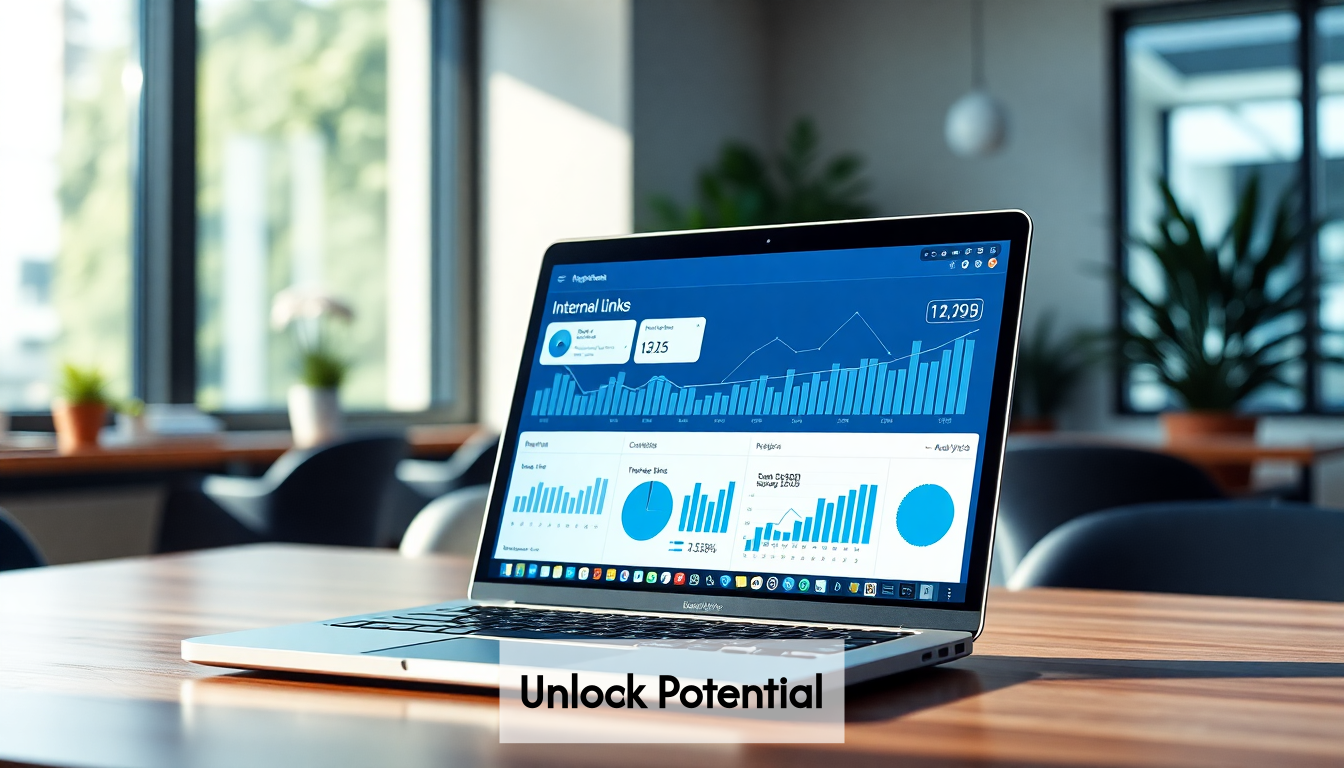
Understanding Internal Links: Definition, Types & SEO Role
Internal links are hyperlinks that connect one page to another within the same domain. Unlike external links that point to pages on different websites, internal links create pathways between your own web pages, establishing site architecture and guiding both users and search engines through your content.
Types of Internal Links:
- Navigational links: Menu items, footer links, and breadcrumbs that help users navigate your site structure
- Contextual links: In-content links that reference related information on other pages
- Utility links: Links to privacy policies, terms of service, and contact pages
- Related content links: Suggested posts, product recommendations, or "you might also like" sections
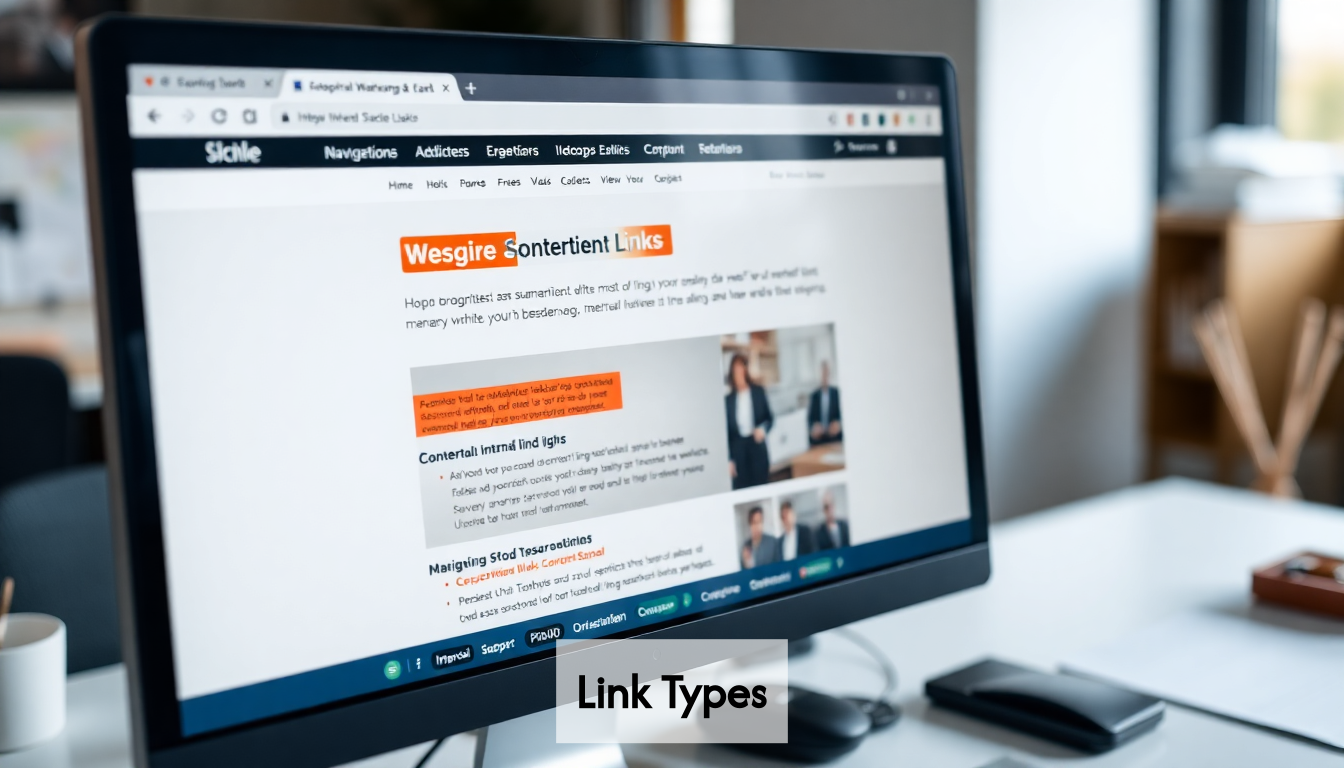
The SEO value of internal links extends far beyond simple navigation. According to a Backlinko study analyzing over 1 million Google search results, pages with more internal links typically rank higher than those with fewer connections. Internal linking distributes page authority throughout your site, establishes content hierarchies, and helps search engines discover, index, and understand relationships between your content.
Internal link building in SEO works by creating pathways for "link equity" (ranking power) to flow throughout your site. When implemented strategically, this creates a network of topically relevant connections that signal to search engines which pages contain your most valuable content.
Key Takeaways
| Key Point | Details |
|---|---|
| Internal Links Enhance SEO | They create pathways that help search engines understand your site's structure and content relationships, directly influencing crawlability, page authority distribution, and content relevance signals. |
| Strategic Internal Linking Boosts Traffic | A focused internal linking campaign can increase organic traffic to underperforming pages without additional content creation, as evidenced by the Ahrefs case study. |
| Quality Over Quantity | Having a smaller number of well-placed internal links is more effective than an excessive number; optimal internal linking pages typically have 3-5 links per 1,000 words. |
| Descriptive Anchor Text is Crucial | Using relevant keywords in anchor text can significantly enhance internal link effectiveness and improve organic traffic, as shown by HubSpot's traffic increase. |
| Regular Audits are Essential | Conducting content audits helps identify orphaned pages and opportunities for new connections, ensuring that all valuable content is maximized for SEO benefits. |

Are Internal Links Good for SEO? Examining Their Impact on Rankings
Internal links are unequivocally beneficial for SEO when implemented correctly. Their impact on search rankings operates through multiple mechanisms that collectively strengthen your site's visibility and authority.
Internal links directly influence three critical ranking factors: crawlability, page authority distribution, and content relevance signals. By connecting your pages meaningfully, you create pathways that help search engines understand your site's structure and content relationships.
A case study by Ahrefs demonstrated this effect when they analyzed a site that implemented a strategic internal linking campaign targeting underperforming content. Within 30 days, organic traffic to those pages increased by 40% without creating any new content or building additional backlinks.
Internal linking particularly benefits SEO through:
- Reducing bounce rates by guiding visitors to relevant content (improving engagement metrics)
- Distributing link equity from high-authority pages to boost lower-performing content
- Creating topic clusters that establish topical authority in your niche
- Increasing average session duration as users navigate between related pages
- Improving indexation rates for deep pages that might otherwise be overlooked
The effectiveness of internal links for SEO doesn't diminish over time like some tactics. Instead, as your site grows, a well-structured internal linking strategy becomes increasingly valuable, forming the foundation of sustainable organic visibility.
Building a Winning Internal Linking Strategy: Best Practices & Tips
Creating an effective internal linking strategy requires methodical planning rather than random link placement. These proven techniques will help maximize your internal links' SEO impact:
Strategic Best Practices:
- Use descriptive anchor text that includes relevant keywords without appearing manipulative or repetitive
- Prioritize deep linking to pages that aren't accessible from your main navigation
- Create content hubs around core topics with pillar pages linking to related subtopic pages
- Distribute link equity by connecting high-authority pages to those needing ranking boosts
- Maintain reasonable link quantities - aim for 3-5 relevant internal links per 1,000 words
An analysis by Search Engine Journal found that pages ranking in positions 1-3 on Google have an average of 40-45% more internal links pointing to them than lower-ranking pages. This underscores the importance of internal link distribution as a ranking factor.
Your internal link anchor text requires special attention. While exact-match anchors were once overused for external links, they remain powerful for internal linking when used naturally. HubSpot improved organic traffic by 25% to underperforming pages by optimizing internal link anchor text to include relevant target keywords.
To implement internal linking at scale, conduct regular content audits to identify opportunities for new connections between related pages. Focus on creating logical paths that guide users through your content ecosystem while reinforcing topical relevance signals for search engines.
Addressing Common Misconceptions and Pitfalls in Internal Linking
Despite their importance, internal links are often misunderstood or implemented incorrectly. Let's debunk some myths and highlight pitfalls to avoid:
Common Misconceptions:
- More internal links always mean better SEO - Quality and relevance matter more than quantity. A study by Path Interactive found pages with 100+ internal links showed diminishing returns and sometimes negative ranking impacts.
- All internal links pass equal value - Links higher in the content typically pass more value than footer links.
- Anchor text doesn't matter for internal links - Internal link anchor text remains a significant relevance signal for search engines.
- Set-and-forget approach works - Internal linking requires ongoing maintenance as your content strategy evolves.
The biggest internal linking mistake companies make is creating orphaned content—pages with no internal links pointing to them. According to SEMrush research analyzing 150,000 websites, the average site has 15% of its pages receiving zero internal links, essentially wasting valuable content assets.
Another common pitfall is creating illogical link paths that confuse both users and search engines. Internal links should follow natural topic progression and user journey mapping rather than forcing connections between unrelated content.
Avoid using generic anchor text like "click here" or "read more." These missed opportunities fail to convey context about the destination page's content. Instead, use descriptive phrases containing relevant keywords that help search engines understand the relationship between linked pages.
Measuring Success: Tools and Metrics to Track Internal Linking Performance
Effective internal linking requires ongoing measurement to identify opportunities and quantify SEO impact. These tools and metrics will help you evaluate your internal linking strategy:
Essential Internal Linking Metrics:
- Click-through rates on internal links (via Google Analytics Events tracking)
- PageRank/authority distribution across your site (using tools like Ahrefs, Moz, or Semrush)
- Crawl depth - how many clicks pages are from your homepage
- Indexation rates for deep content pages
- Engagement metrics including time on site and pages per session
Google Search Console provides valuable insights through its "Links" report, which shows your most linked internal pages and what anchor text you're using most frequently. This reveals potential linking imbalances where important pages might be receiving insufficient internal links.
A controlled experiment by Portent showed that improving internal linking structure for an e-commerce site resulted in a 25% reduction in crawl budget waste and a 14% increase in indexed pages, leading to an 8.7% increase in organic traffic within three months.
For technical internal link analysis, Screaming Frog SEO Spider offers comprehensive data including orphaned pages, excessive linking, redirect chains, and anchor text distribution. This tool enables you to visualize your site's internal linking structure to identify clusters and isolated sections that need better connectivity.
Regularly audit your internal linking by comparing top-performing pages against their internal link counts to identify correlation patterns specific to your site.
Future Trends: Evolving Strategies for SEO and Internal Linking
As search engines become more sophisticated, internal linking strategies must evolve accordingly. Several emerging trends are reshaping how sites should approach internal linking for maximum SEO benefit.
Semantic relevance is replacing keyword matching as the primary focus of internal linking. Google's BERT and MUM updates have dramatically improved the algorithm's understanding of content relationships, making context more important than exact keyword usage in anchor text.
Internal linking is increasingly merging with user experience optimization. According to a Backlinko study, sites with logical internal linking structures that mirror natural user journeys see 32% higher conversion rates than those with disconnected or arbitrary internal link patterns.
Emerging trends to incorporate into your internal linking strategy include:
- Topic clustering with hub-and-spoke models that create comprehensive subject coverage
- Dynamic internal linking that adapts based on user behavior and interests
- Internal link analysis using AI tools that suggest optimal linking opportunities
- Entity-based internal linking that connects concepts rather than just keywords
- Mobile-first internal linking that prioritizes mobile user navigation patterns
Google's increasing focus on page experience signals means internal links must serve dual purposes: helping search engines understand content relationships while simultaneously enhancing user navigation. Sites that achieve this balance are seeing significant ranking improvements for competitive terms.
Site architecture visualization tools like Sitebulb now incorporate machine learning to identify optimal internal linking opportunities based on topic relevance rather than simply keyword matching.
Frequently Asked Questions
Are internal links important for SEO?
Internal links are crucial for SEO as they help search engines understand your site's structure, distribute page authority, and improve content relevance signals, ultimately boosting your rankings.
How do internal links improve site navigation?
Internal links enhance site navigation by guiding users to related content, making it easier for them to find information and reducing bounce rates, which positively influences SEO.
What are the best practices for using internal links?
Best practices include using descriptive anchor text with relevant keywords, prioritizing deep links to lesser-known pages, and aiming for 3-5 internal links per 1,000 words of content.
How can I measure the effectiveness of my internal linking strategy?
You can measure effectiveness through metrics like click-through rates on internal links, PageRank distribution, indexation rates, and engagement metrics such as time on site and pages per session.
Elevate Your SEO Strategy with AI-Powered Internal Linking Solutions
Are you feeling overwhelmed by the complexities of internal linking? You’re not alone! The article clearly highlights how strategic internal linking boosts your site’s SEO and increases organic traffic—but implementing this effectively can feel like a daunting task. What if you could simplify the process and enhance your content's visibility without extra effort?
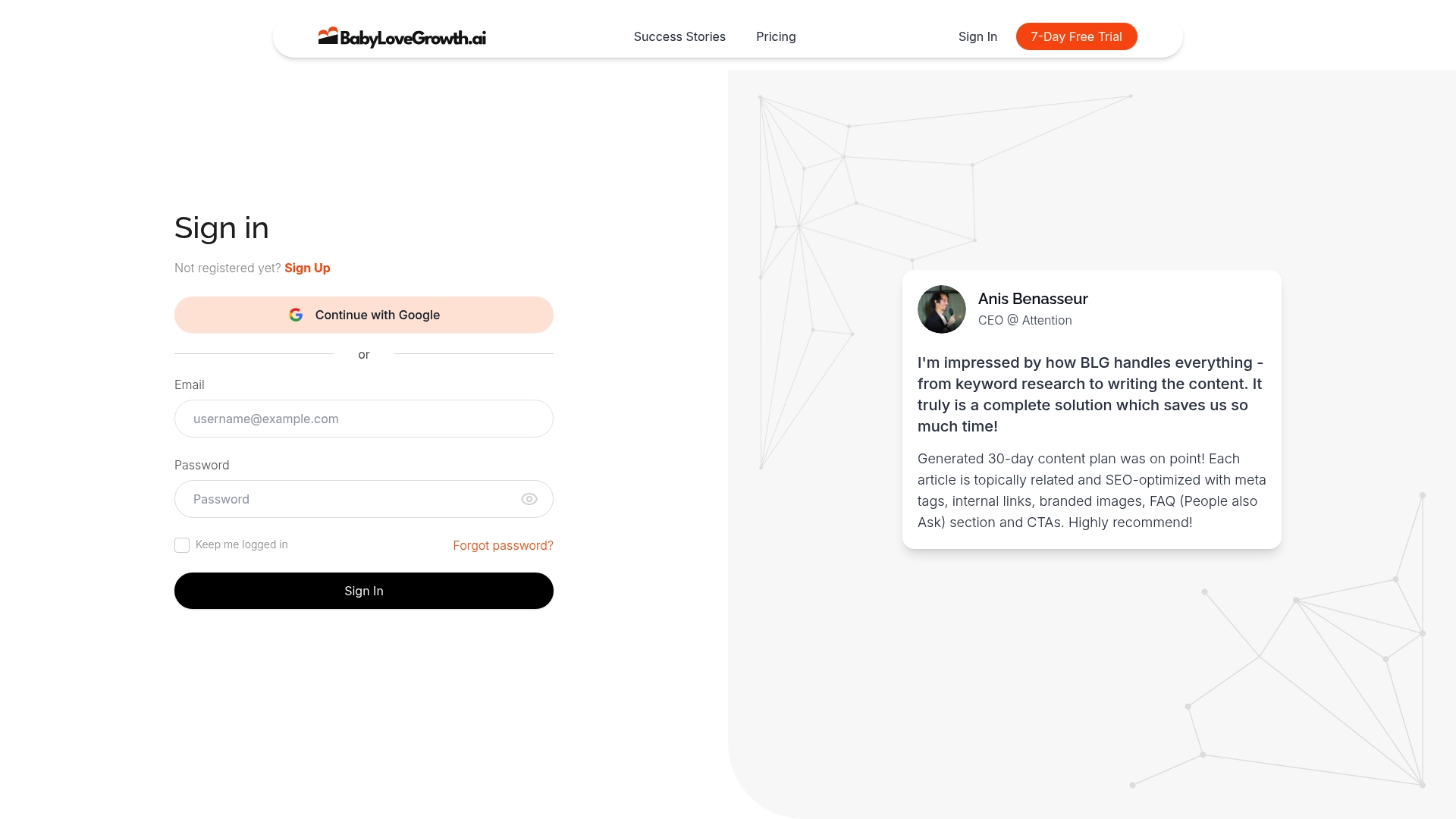
At Baby Love Growth AI, we provide AI-driven solutions tailored specifically for challenges like yours. Our platform offers robust tools for keyword discovery and clustering, allowing you to optimize anchor text across your site strategically. Imagine transforming your internal linking strategy into a seamless process—increasing page authority, improving user engagement, and feeding Google’s algorithms with exactly what they want!
Don’t let your great content go unseen. Take action NOW to empower your SEO with insights that encourage logical connections and cluster topics for maximum impact. Let Baby Love Growth AI be your guide in this digital marketing journey—visit us today and unlock your site's hidden ranking potential!
Smart SEO,
Faster Growth!
Most Read Articles
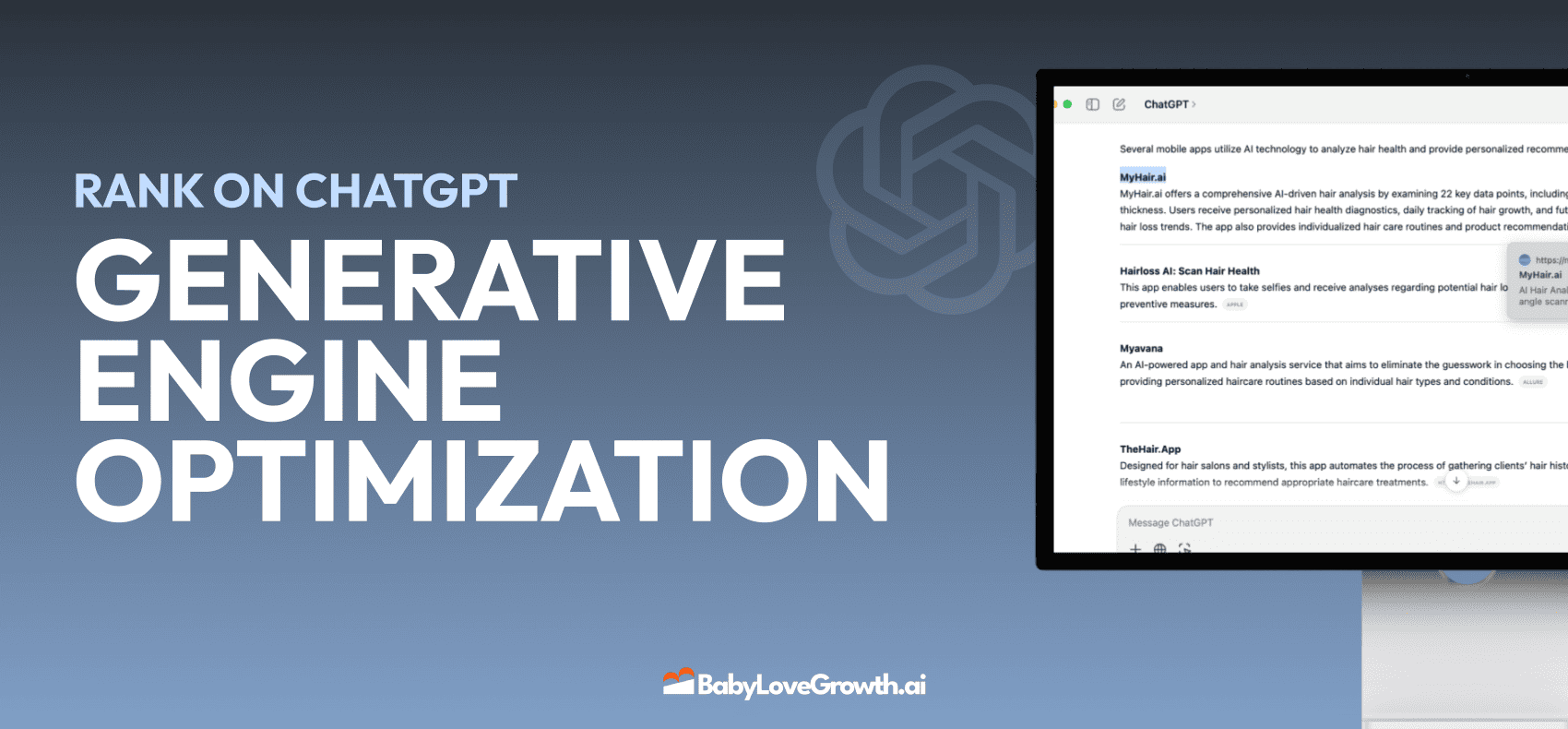
Generative Engine Optimization (GEO)
Learn how Generative Engine Optimization (GEO) helps your content rank in AI search engines like ChatGPT and Google AI. This comprehensive guide explains the differences between SEO and GEO, why it matters for your business, and practical steps to implement GEO strategies for better visibility in AI-generated responses.
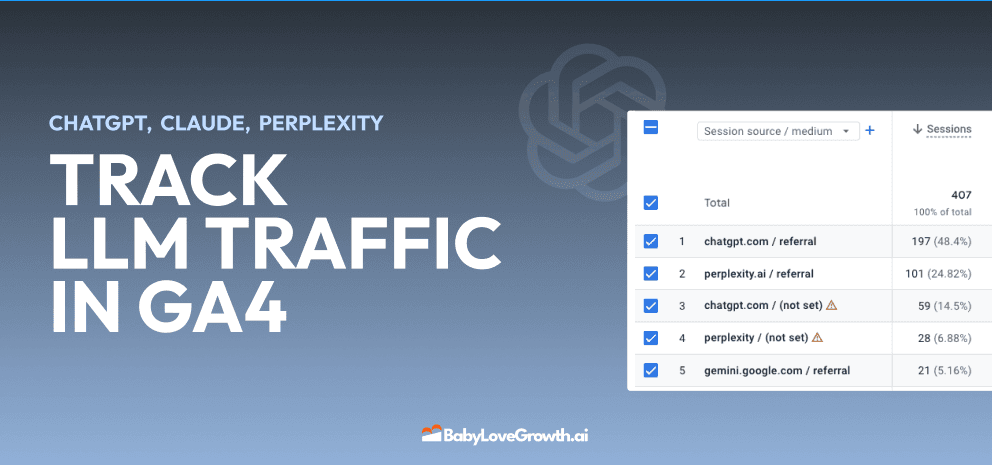
Track LLM Traffic in Google Analytics 4 (GA4)
Learn how to track and analyze traffic from AI sources like ChatGPT, Claude, Perplexity, and Google Gemini in Google Analytics 4. This step-by-step guide shows you how to set up custom filters to monitor AI-driven traffic and make data-driven decisions for your content strategy.
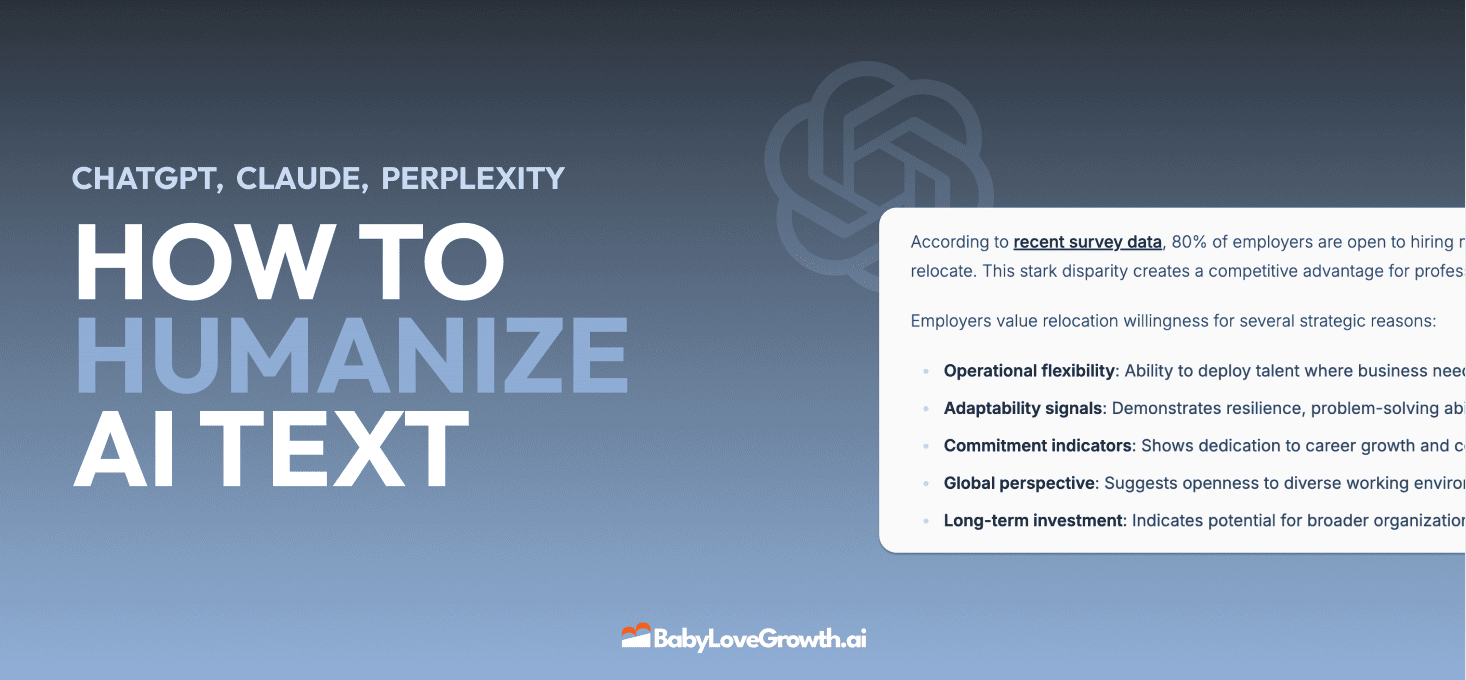
How to Humanize AI Text with Instructions
Learn practical techniques to make AI-generated content sound more natural and human. This guide covers active voice, direct addressing, concise writing, and other proven strategies to transform robotic text into engaging content.
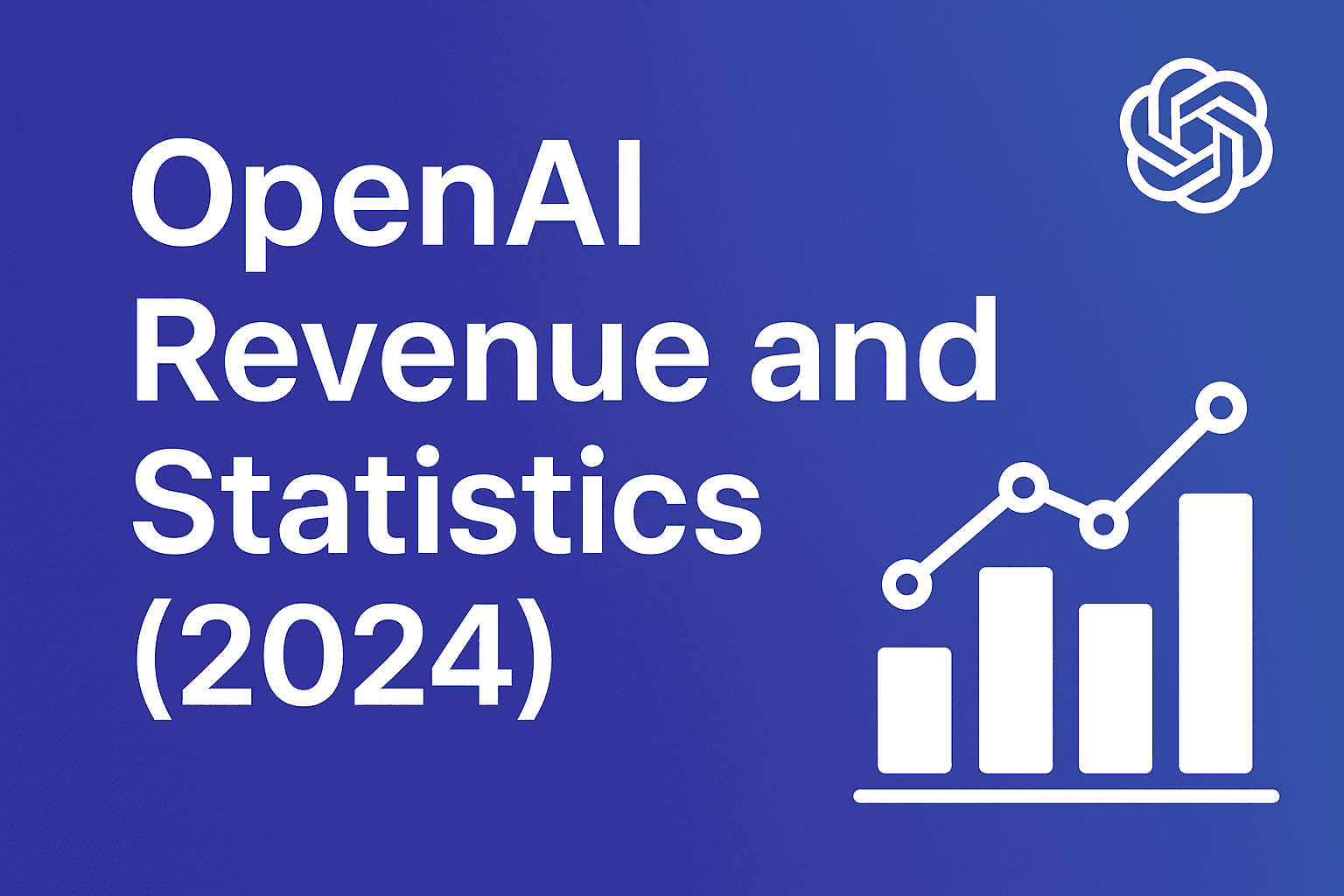
Open AI Revenue and Statistics (2024)
Comprehensive analysis of OpenAI financial performance, user engagement, and market position in 2023. Discover key statistics including $20B valuation, $1B projected revenue, and 100M+ monthly active users.